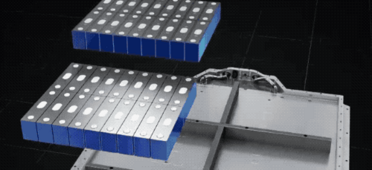Welcome to the forum

It’s nice to get a different perspective on LFP batteries.
Just about every LFP ESS cell datasheet specifies charge termination at 3.65V and 0.05C tail current and just about every DIY battery user and 100% of solar power YouTubers interpret this (wrongly) as “charge up to 3.65V all the way down to zero current”.
In what I regard as the danger zone, 3.65V and under 0.05C, how much damage is done? What I mean is when people continue to trickle charge a large capacity bank of paralleled LFPs at currents which represent a tiny fraction of C, it is (according to cell manufacturer specs) an overcharge, but how damaging to cycle life is this? There are some people who will say that lithium plating of the electrode is occurring in this region of overcharge, but this seems unlikely. What do you say about this?
Edited to add: in EVs with small capacity cells stacked in series to high voltages, perhaps charging into the region below 0.05C is not likely to occur as the current involved would be quite small. In DIY ESS setups where people parallel connect large capacity cells, 0.05C can be a large current. In my case with a 4S4P setup, 0.05C is 58A and charging CV to 3.65V below that current is pushing the cells to a higher SOC than the cell manufacturer says is the charge termination point. Charging to 3.45V at 5A could even be a higher SOC than 3.65V at 58A!








